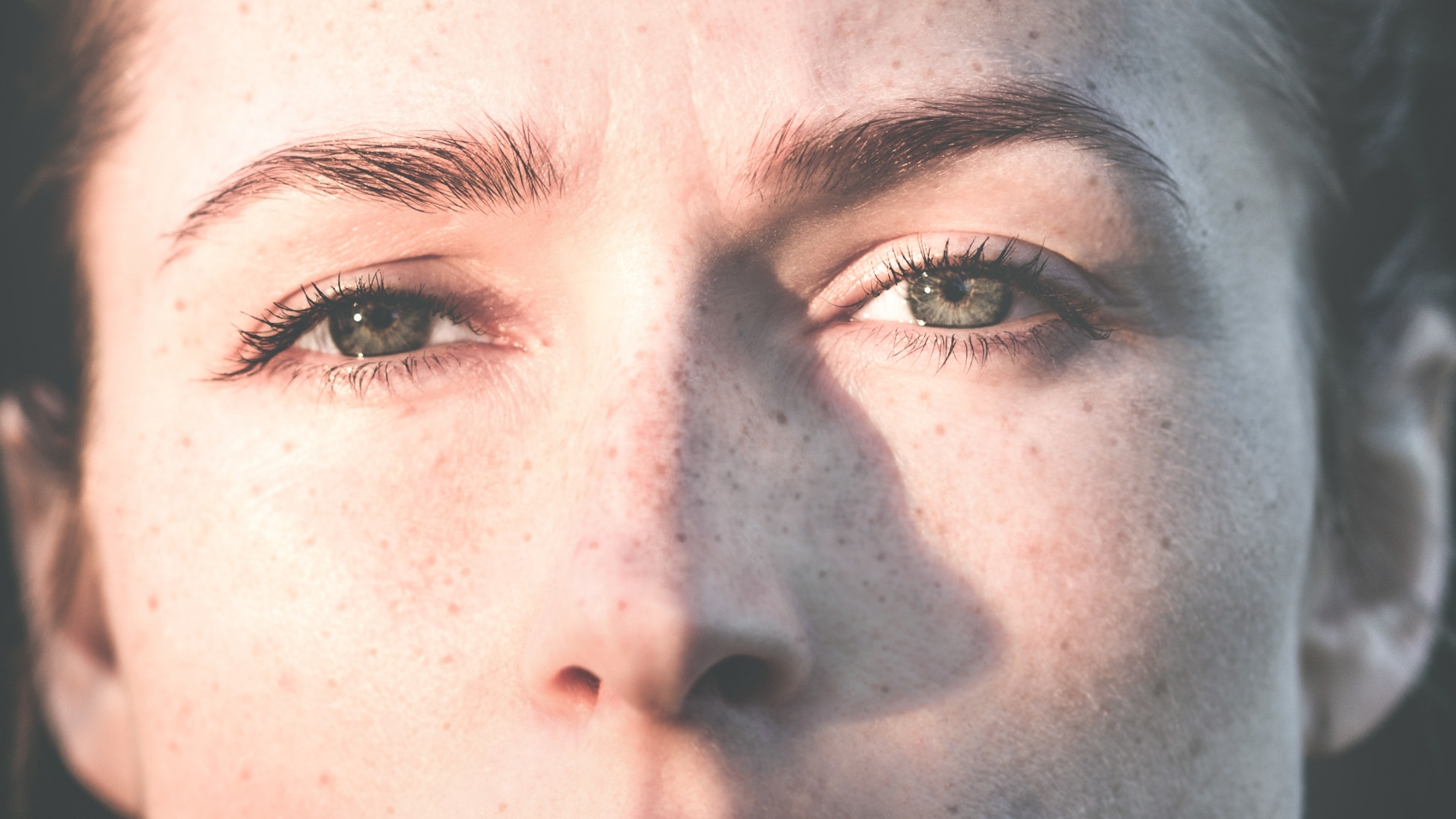What is pigmentation?
Pigmentation is what gives your skin its colour and is caused by the presence of melanin. Melanin is the pigment responsible for the colour of our skin, hair, and eyes in all humans and animals- thus, darker skinned individuals have more melanin in their skin as compared to lighter skinned individuals.
Your skins’ pigmentation levels may be affected by a variety of different factors – genetics, your exposure to the sun, hormones, or even inflammation. When this occurs, your skin may become darker, referred to as hyperpigmentation, or lighter, hypopigmentation.
Understanding hyperpigmentation

Hyperpigmentation occurs when your skin starts to produce an excess of melanin, resulting in a darker skin tone, or patches of unevenly darkened patches of skin around your face or your body. Melanin is a brown pigment, produced by melanocytes which are found in the bottom layer of the epidermis and give us the colour of our skin.
Listed below are the most common forms of hyperpigmentation:
Pigment spots/ age spots/ liver spots
Age spots are often described as flat spots on the skin which are darker in colour – usually dark brown, gray, or black. They develop on areas of your body or face which are more exposed to the sun. It is also believed that skin aging and high levels of exposure to the sun and UV rays are likely causes of age spots.
People most likely to develop such spots are those:
- Older than 40
- Those with fairer skin
- People who spend extended periods of time in the sun
- Frequent sun bed users
You may keep in mind that these darker spots are not dangerous and do not cause any health issues – however, if you believe that a particular dark spot may be an indication of something more severe, do visit a medical professional.
Melasma/ Cholasma
Also known as ‘the mask of pregnancy’, melasma usually occurs on the forehead, cheeks, and around the mouth area. These dark patches often appear on both sides of the face in a similar pattern. It is associated with hormonal changes and typically lasts until the end of the pregnancy. Women who consume birth control pills may also experience these dark spots from the changes in hormone levels. The chances of you developing melasma may be elevated if you spend extended periods of time in the sun. This is because ultimately melasma are darkened spots of pigmentated which is produced when melanin producing cells are triggered by sunlight or UV rays
People prone to melasma are:
- Pregnant women
- Women who consume birth control pills or any other forms of medication that might interfere with hormone levels
Post-inflammatory hyperpigmentation
A temporary form of pigmentation normally occurs when a skin injury heals, or when the skin is triggered by an inflammatory disorder ( e.g. dermatitis, or infections). When this happens, this inflammation and damage to the epidermis or dermis trigger melanocytes to produce excess melanin, forming dark pigmented spots that remain on your skin long after the wound has recovered. This is also known as scarring. It is recommended to apply sunscreen to the affected area to minimise darkening within the pigmented spot.
How does The Lightening Serum help you target hyperpigmentation?
The Lightening Serum by 28Cubed helps you achieve a brighter, more even skin tone by targeting the process of excess melanin production within your skin. This way, your darker spots are corrected from within, using our unique, patented blend of active ingredients – Po3™.
Po3™ works from the inside out, based on the skin’s 28 day rejuvenation cycle, instead of bleaching the skin using acids or peels. This ensures that the surface of your skin remains undamaged and healthy.

